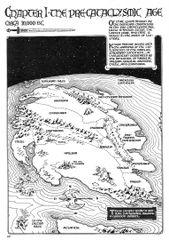
An all-Steve Ditko issue kicks of the new series, Haunted, from Charlton Publishing in 1971. Steve puts in a much better than average effort on all of these stories, showing a lot of the creative spark he had brought to his earlier Marvel and DC work.























































